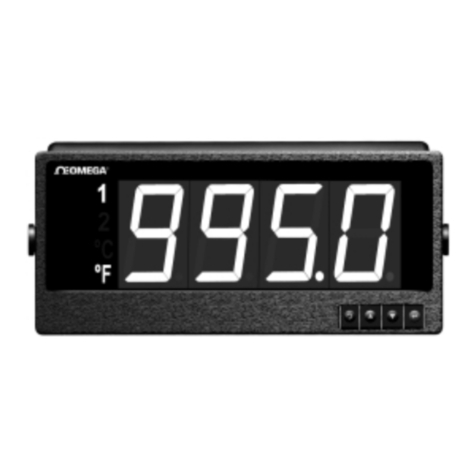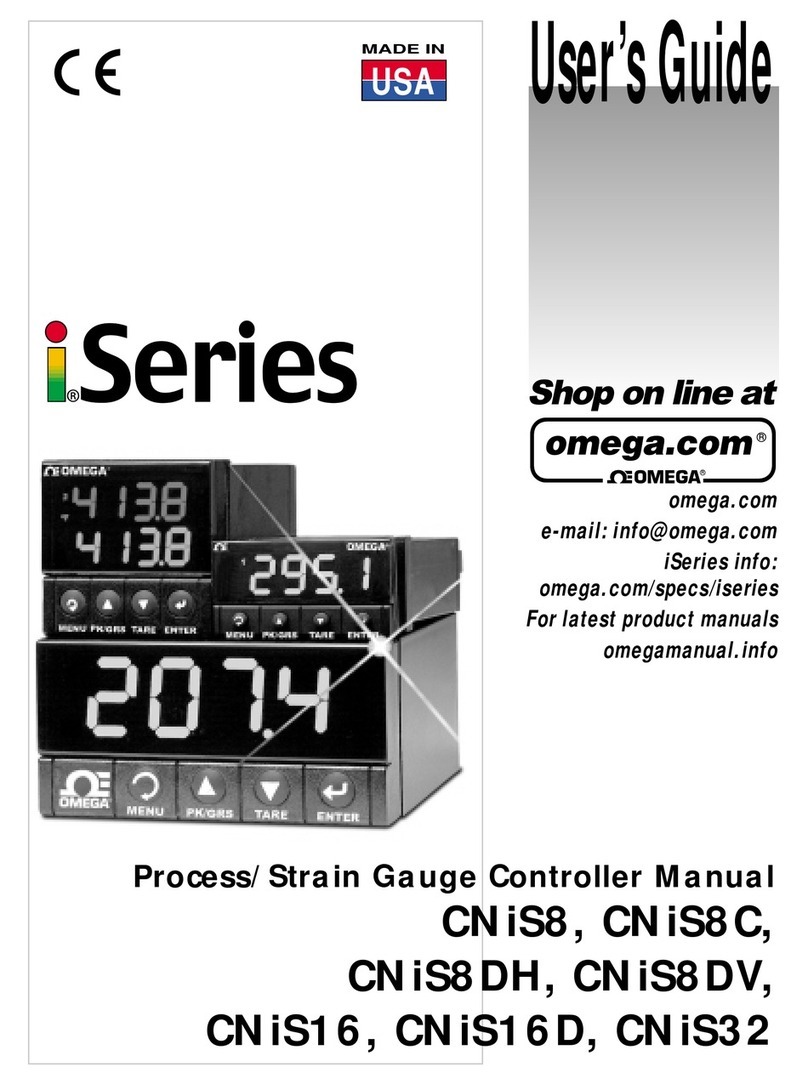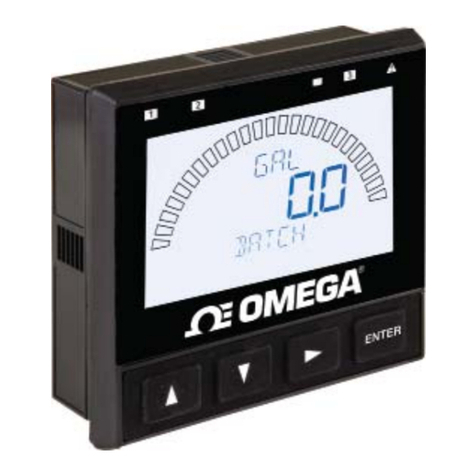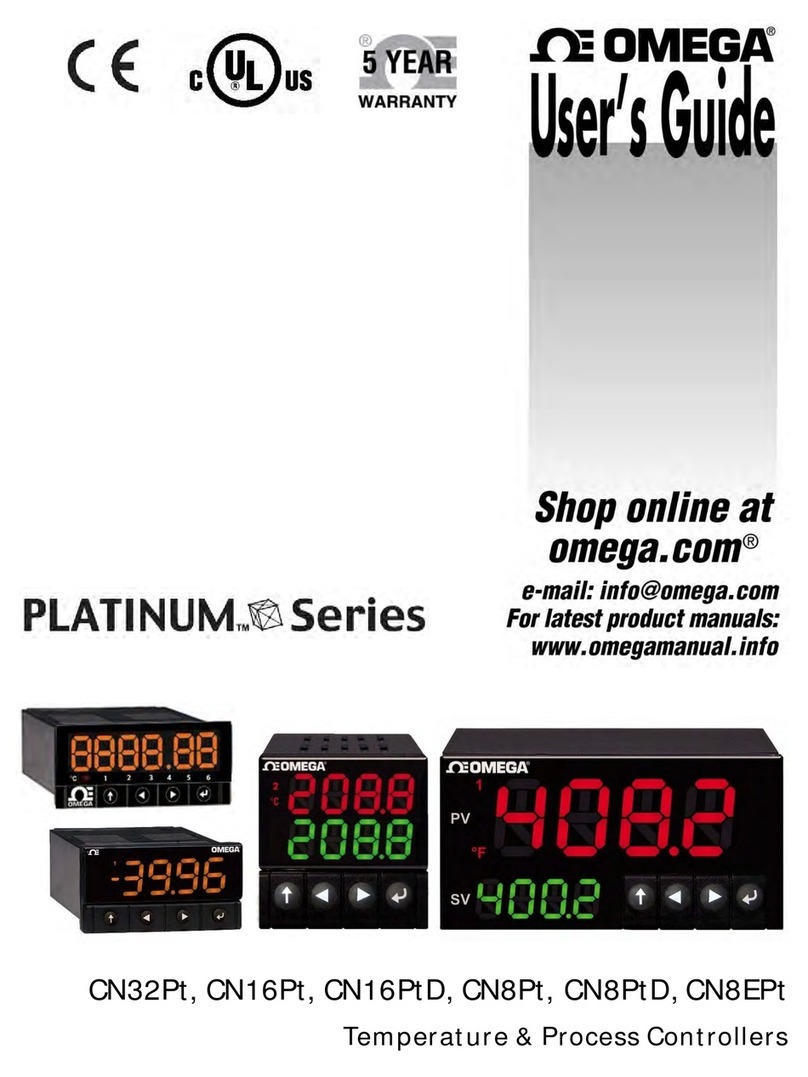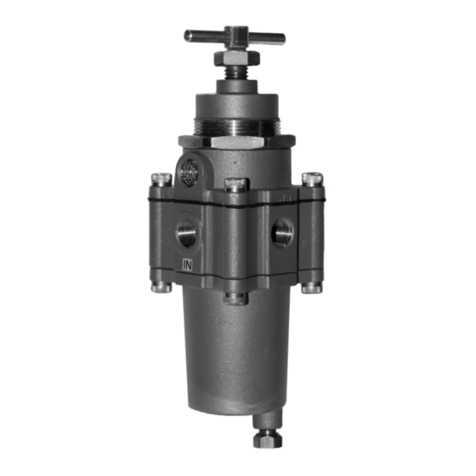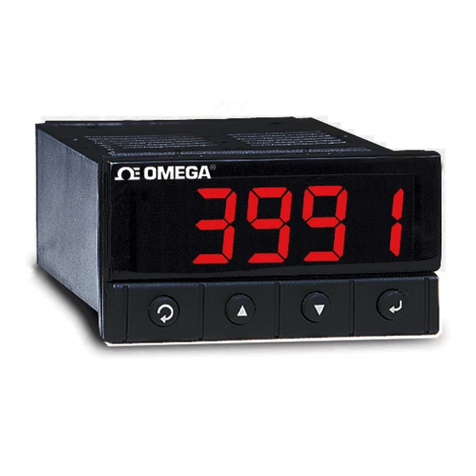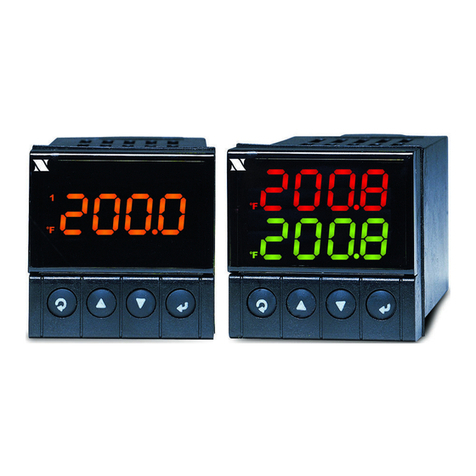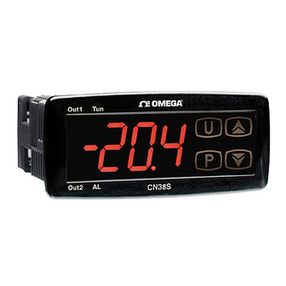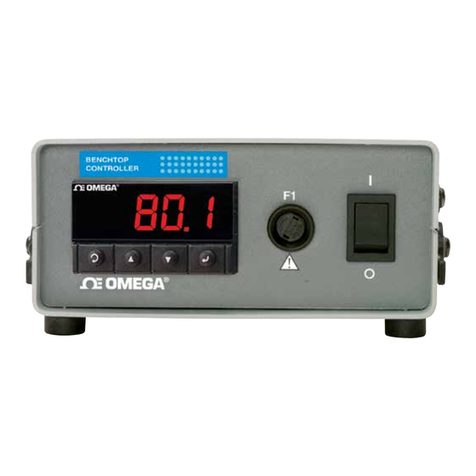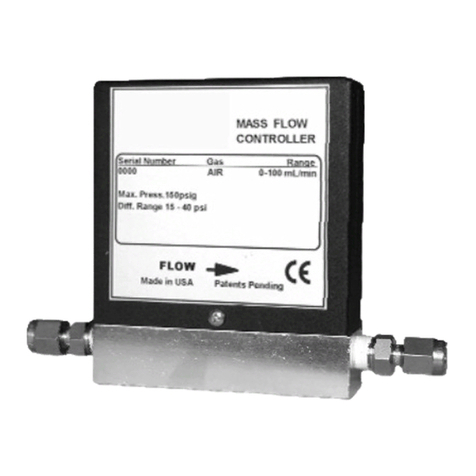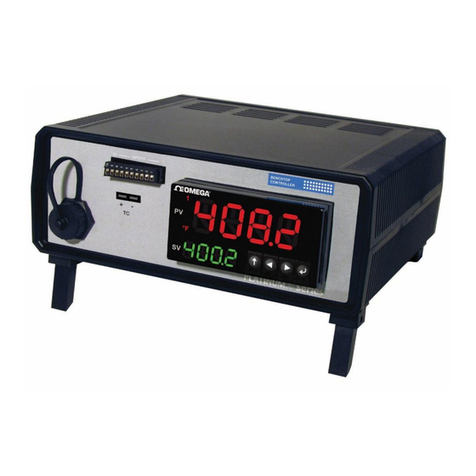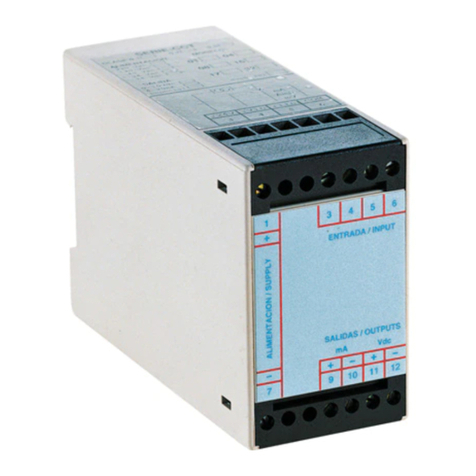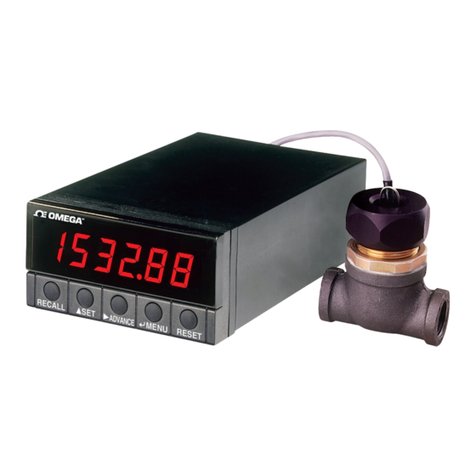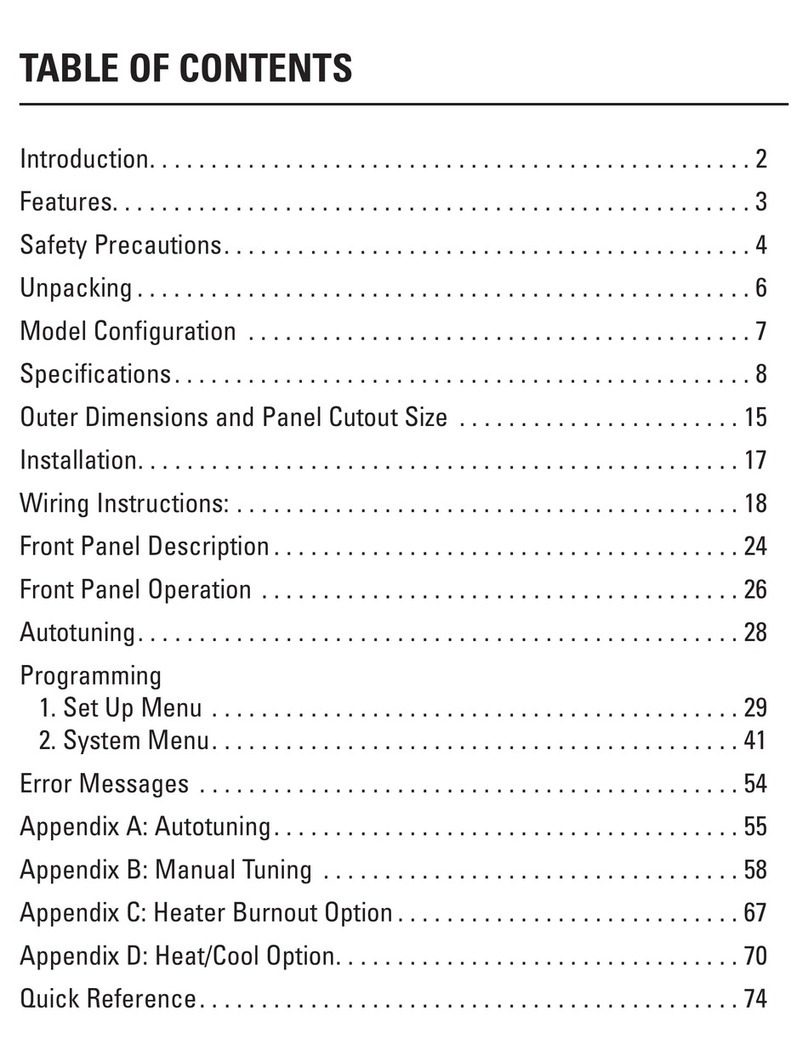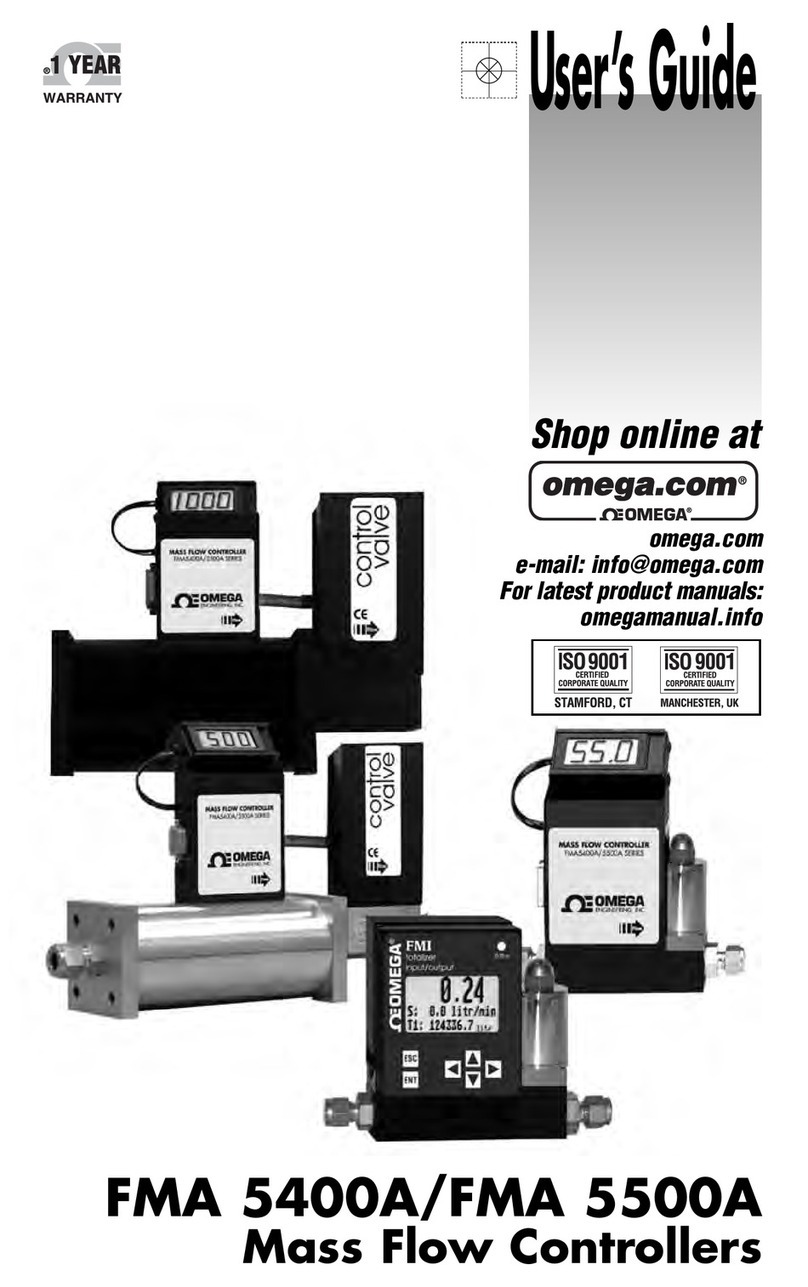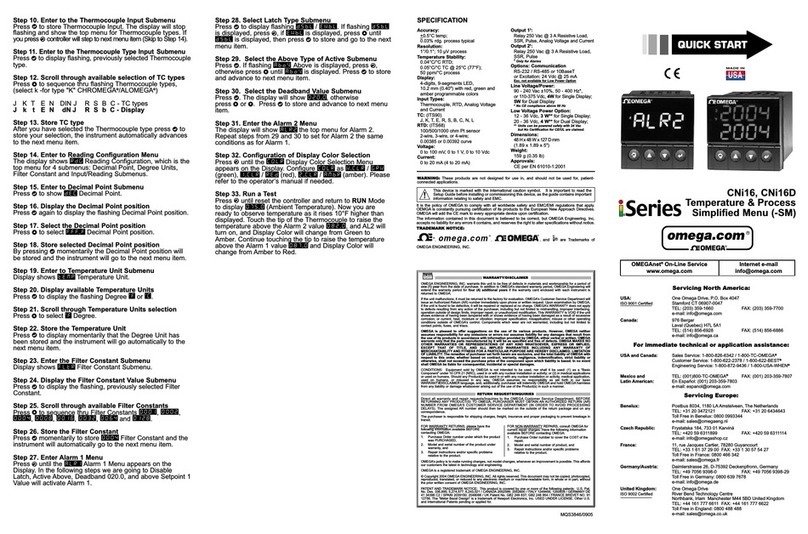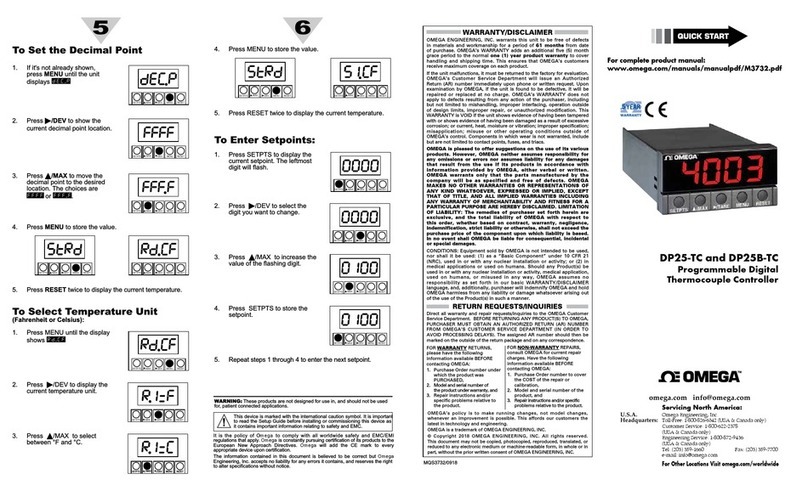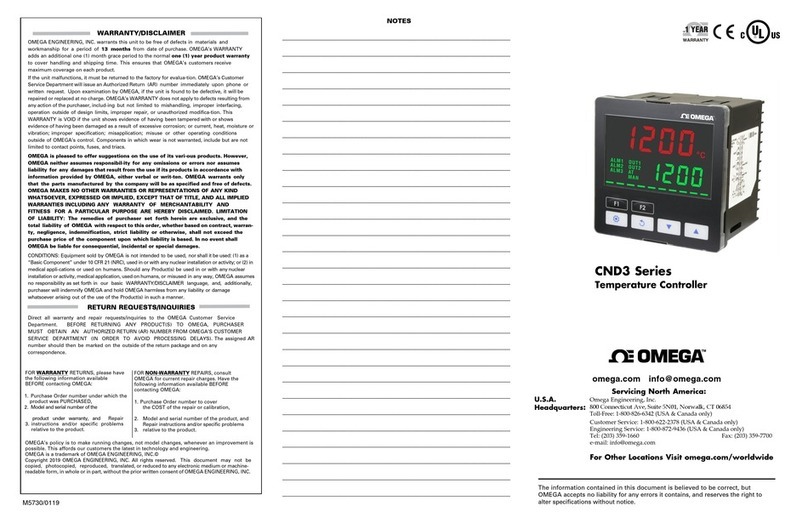TABLE OF CONTENTS
Section Page
8 RS-232 Option ....................................................................................................32
8.1 Installing the RS-232 Option Board.........................................................................32
8.2 Remote Programming .............................................................................................34
8.3 ASCII Output ...........................................................................................................35
8.3.1 9-Character Format .................................................................................................35
8.3.2 8-Character Format .................................................................................................36
8.3.3 Setup Data ..............................................................................................................36
8.4 ASCII Input..............................................................................................................41
8.5 Interfacing Examples...............................................................................................44
8.6 Programming Considerations..................................................................................46
8.6.1 Communication Rate...............................................................................................46
8.6.2 Modem Operation....................................................................................................46
8.7 Parity Checking .......................................................................................................47
8.8 Timing......................................................................................................................47
8.9 Programming Example............................................................................................48
9 Analog Output ....................................................................................................49
9.1 Installing the Analog Output Board..........................................................................49
9.2 Setting Up the Analog Output Board .......................................................................50
9.3 Electrical Connections and Specifications ..............................................................53
10 Dual-Relay Option .............................................................................................54
10.1 Installing the Dual-Relay Option Board ...................................................................54
10.2 Setting up the Dual-Relay Option Board .................................................................55
10.3 Electrical Connection and Specification ..................................................................57
11 Meter Specifications........................................................................................58
11.1 Standard Dimensions..............................................................................................58
11.2 Disassembly............................................................................................................59
11.3 General Information.................................................................................................59
11.4 Input Characteristics................................................................................................60
11.5 Display.....................................................................................................................60
11.6 Time Base ...............................................................................................................61
11.7 Rate Function..........................................................................................................61
11.8 Totalizer...................................................................................................................61
11.9 Analog Output Option Board ...................................................................................62
11.10 Relay Output Option Board .....................................................................................62
11.11 Power ......................................................................................................................62
11.12 Environment ............................................................................................................63
11.13 Mechanical ..............................................................................................................63
12 Factory Default Values ...................................................................................64
12.1 Configuration Defaults.............................................................................................65
CE Approvals Information ..............................................................................66
v
